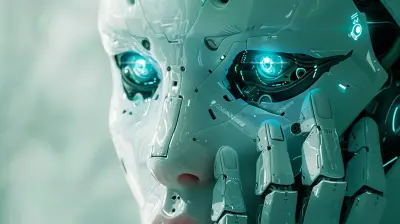How 3D Printing Is Disrupting Manufacturing
4 October 2025
Imagine a world where you can build just about anything you want with a few clicks and a machine that lays down material layer by layer like icing on a cake. Sounds like something out of a sci-fi movie, right? Well, this isn't some far-fetched future anymore—it's happening right now. Welcome to the age of 3D printing, also known as additive manufacturing, and trust me, it’s shaking up the manufacturing world in ways we never thought possible.
Whether you're in automotive, aerospace, healthcare, or even fashion, 3D printing is flipping the script on how we design, produce, and deliver products. So, pull up a chair, because we're about to dive deep into how 3D printing is disrupting manufacturing—and why it's a total game-changer.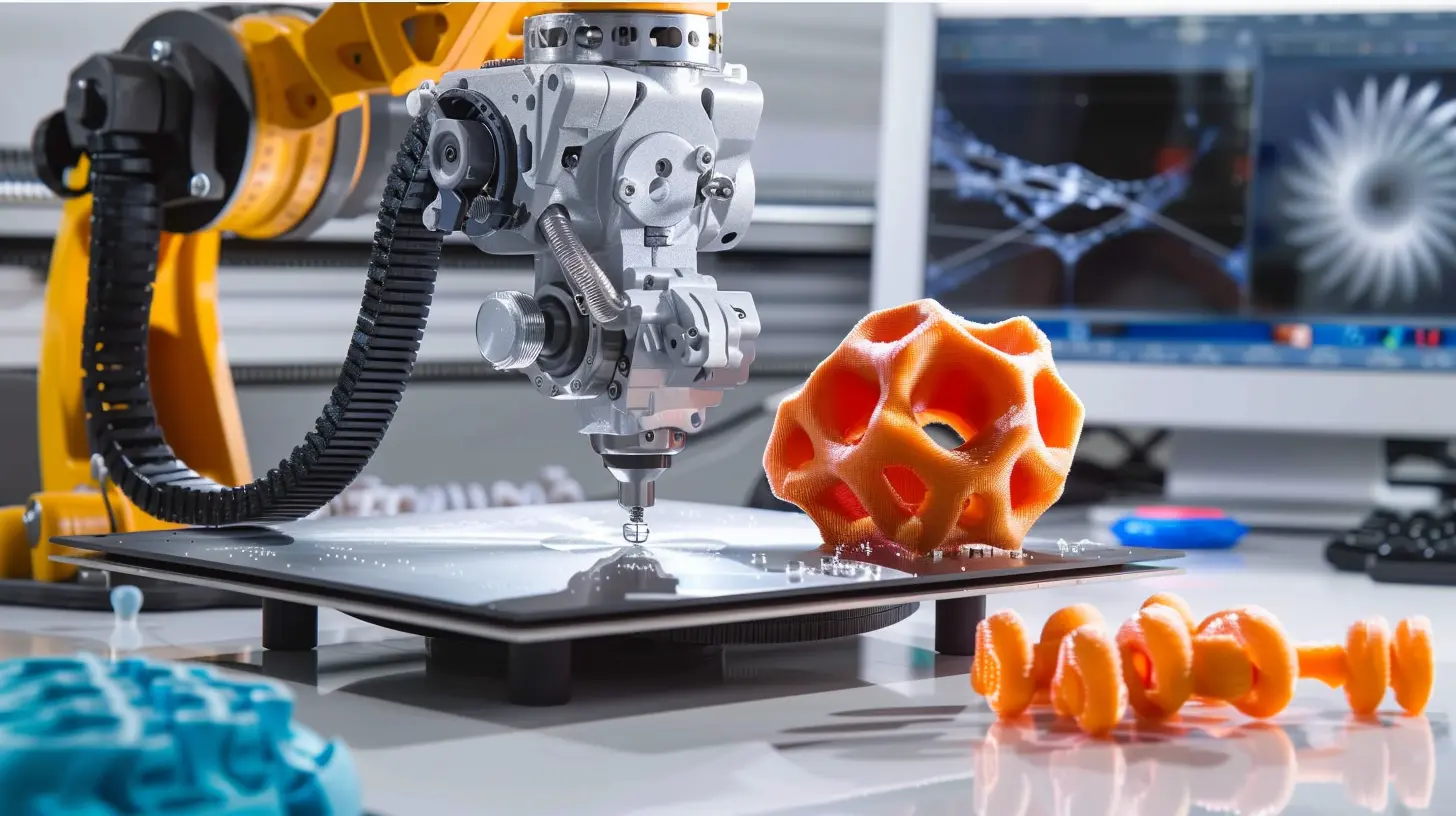
What Is 3D Printing, Really?
Let’s start with the basics. 3D printing is the process of creating a physical object from a digital design by building it up layer by layer. Unlike traditional manufacturing—which usually involves cutting, drilling, or molding raw materials (also known as subtractive manufacturing)—3D printing adds material only where it's needed. That’s why it’s called "additive".Just picture it: like building a house, but instead of bricks, you're stacking up ultra-thin layers of plastic, metal, or even carbon fiber to create a solid part.
Pretty cool, right?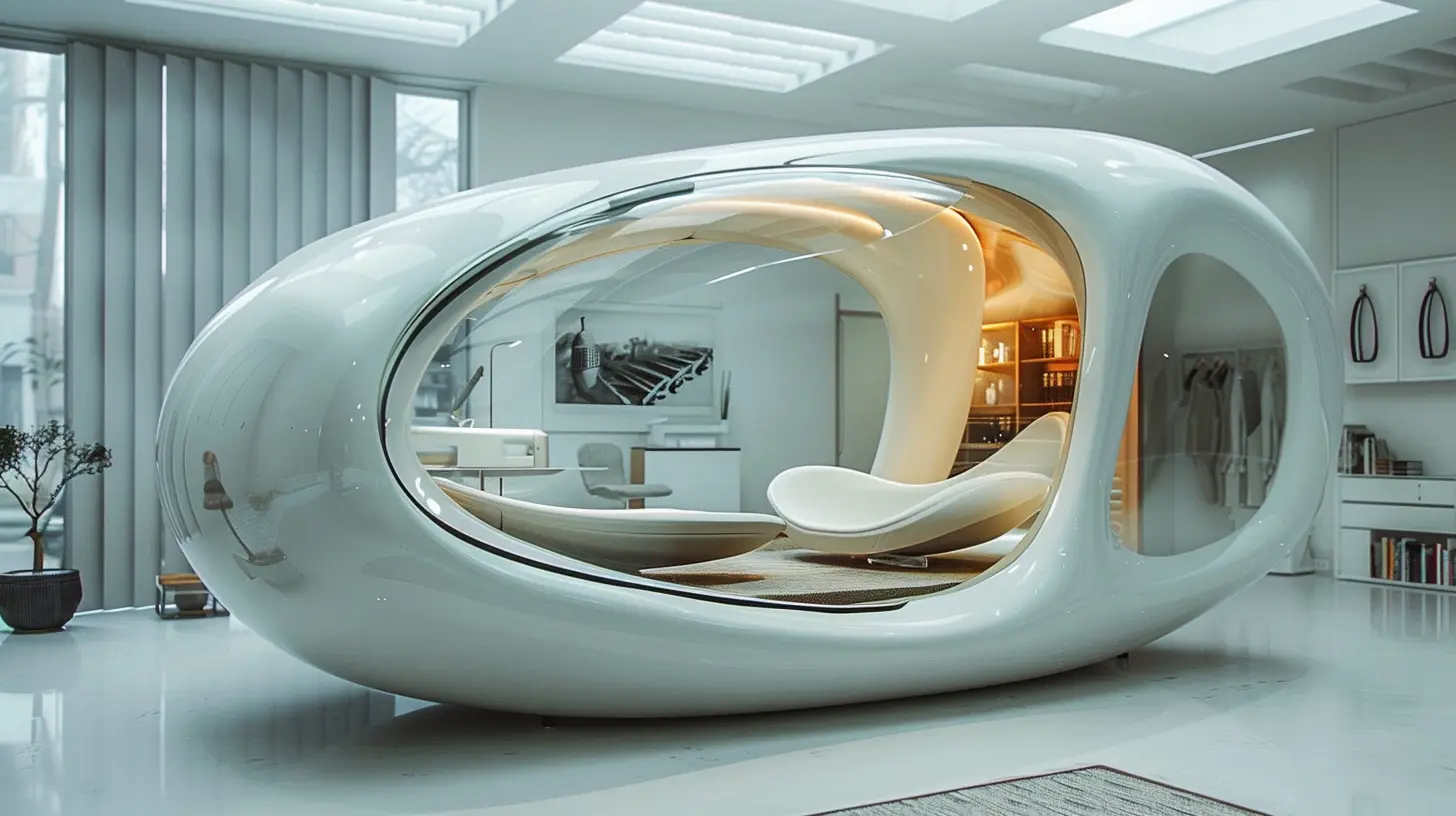
The Rise of 3D Printing in Manufacturing
3D printing isn’t exactly brand new—it’s been around since the 1980s. But back then, it was mostly used for prototyping. Fast forward to today, and it's gone full-blown industrial. Thanks to advancements in printing speed, material variety, and affordability, manufacturers are now using 3D printing for end-use parts, tooling, and even full-scale production.Big names like Ford, Boeing, and even Nike are embracing it. Why? Because it offers speed, flexibility, and cost savings that traditional manufacturing methods just can’t touch.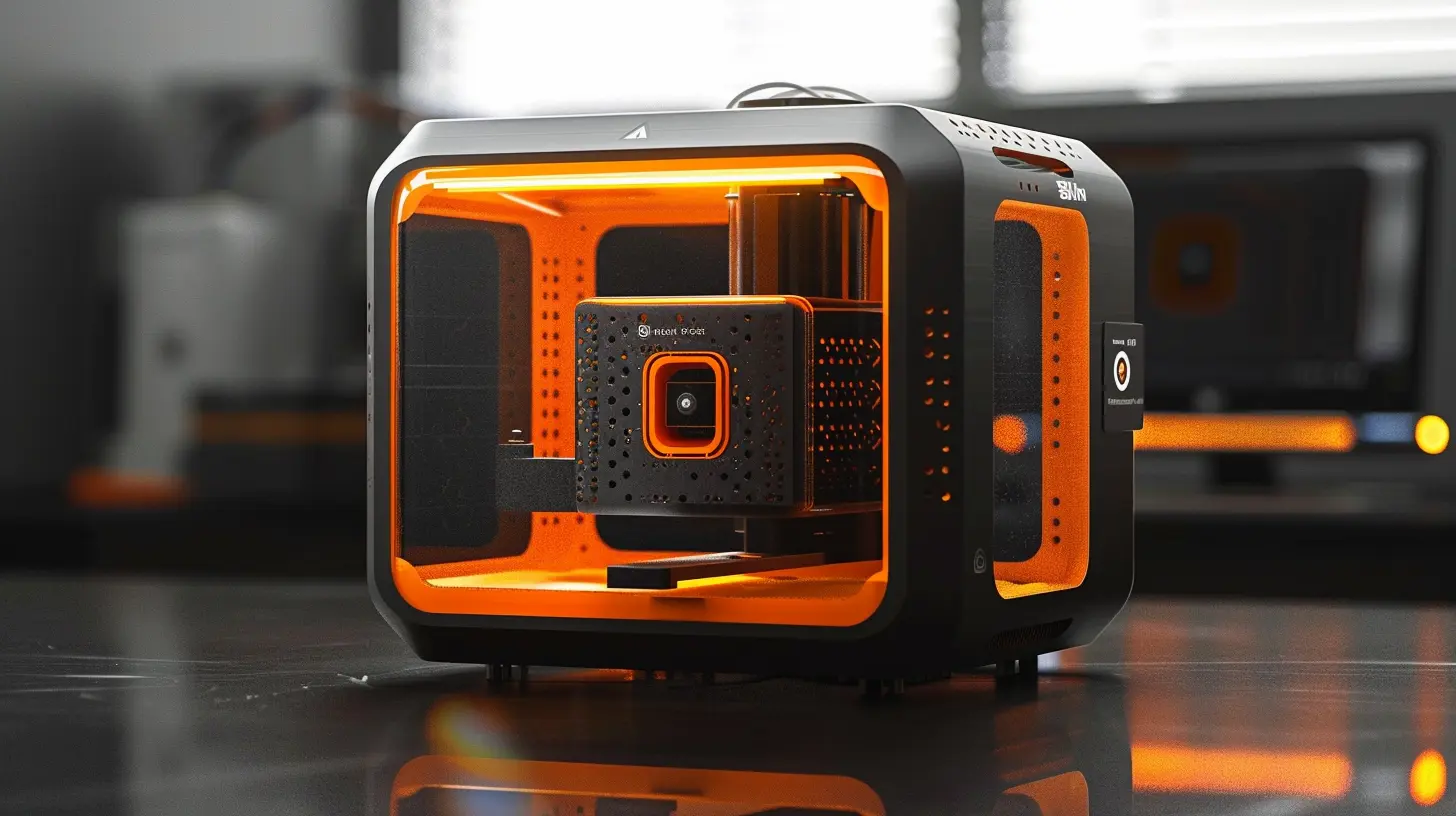
How 3D Printing Is Changing the Manufacturing Game
Let’s break down some of the major ways 3D printing is disrupting the status quo in the manufacturing world.1. Faster Prototyping (And Iteration)
Ever had an idea but got stuck waiting weeks—sometimes months—for a prototype to come back?With 3D printing, you can have a prototype in your hands within hours. This crazy-fast turnaround time allows designers and engineers to test ideas, tweak designs, and make changes on the spot. It’s kind of like having a brainstorming session... where sketches turn into real objects by the end of the day.
This rapid prototyping saves time, cuts costs, and ultimately accelerates the entire product development cycle.
2. Lower Production Costs
In traditional manufacturing, making a new part often means expensive molds or tooling. For short production runs? That’s a money pit.3D printing eliminates most of that overhead. No need for molds. No tooling. Just send the design to the printer and let it do its thing.
This makes small-batch production not just possible, but profitable. Startups and small businesses, in particular, are loving this because it levels the playing field. No deep pockets required.
3. Mass Customization
When’s the last time you bought something that was truly custom-made for you?With 3D printing, personalization is baked right in. You can tweak each item during production—whether it’s a pair of sneakers, a dental implant, or a car part—without any additional cost or delay.
This kind of mass customization is a total shift from the old one-size-fits-all approach. And in today’s consumer-driven world, having that edge is gold.
4. On-Demand Manufacturing
Another major plus? You don't have to make and store thousands of units in a warehouse anymore.3D printing allows for on-demand manufacturing. You only print what you need, when you need it. It’s like just-in-time inventory, but even leaner.
This reduces waste, cuts down on storage costs, and minimizes risk—especially for products with unpredictable demand.
5. Simplified Supply Chains
Let’s face it: global supply chains are fragile (just look at the chaos from the past few years).3D printing brings manufacturing closer to the end-user. You can produce parts locally or even onsite, reducing dependence on overseas suppliers and long shipping timelines.
It’s like turning your supply chain from a complex origami piece into a simple paper plane.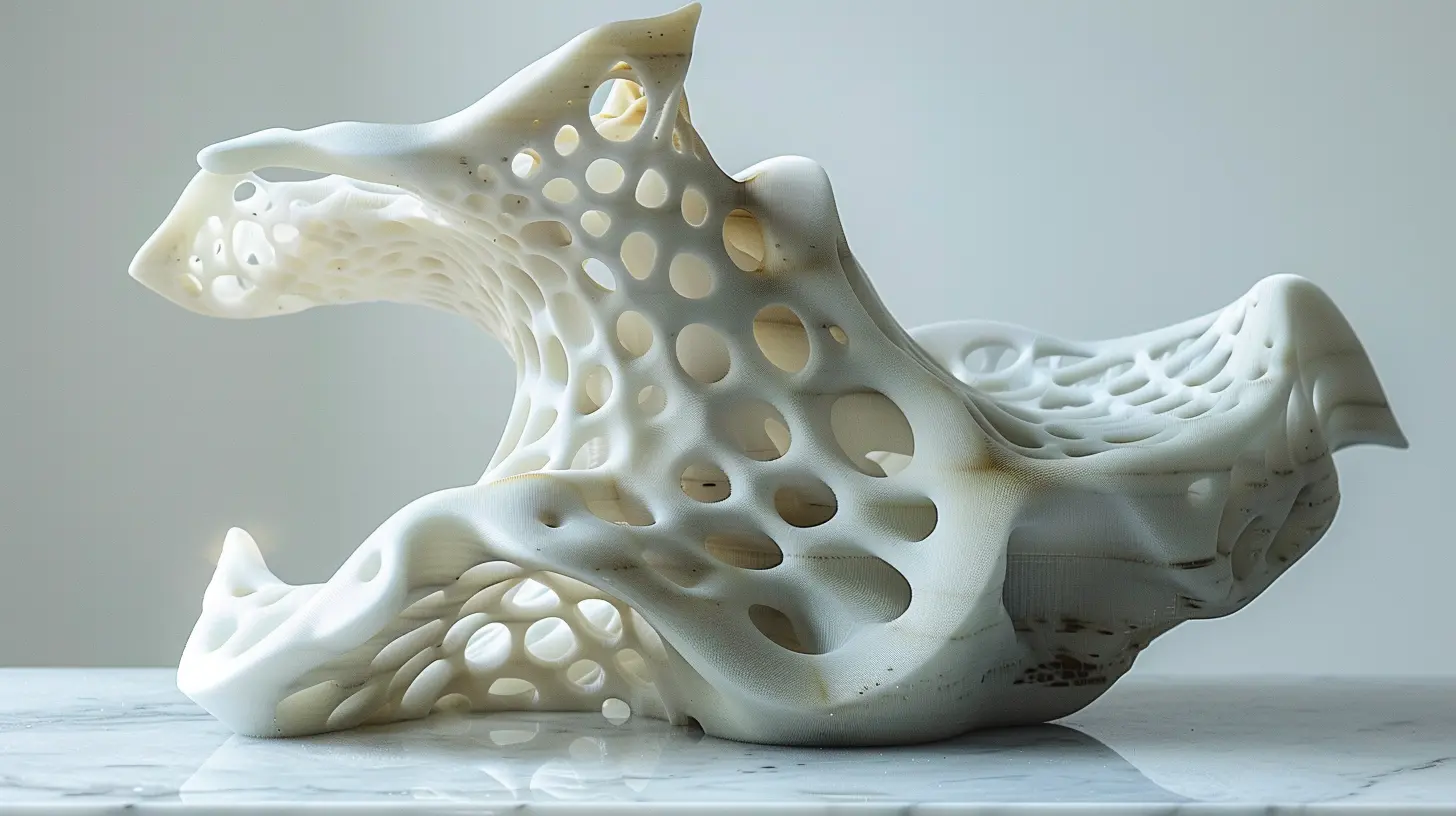
Industries Getting a 3D Printing Makeover
Okay, so we’ve talked about the ‘how,’ but what about the ‘where’? Let’s take a look at some industries that are feeling the 3D printing shake-up the most.Aerospace
In aerospace, weight is everything. The lighter a part, the more fuel-efficient the aircraft.3D printing enables engineers to build lightweight, complex parts that aren't possible with traditional manufacturing. And because these parts can be printed in fewer pieces, there are fewer welds and bolts—which means less maintenance down the line.
Automotive
Car manufacturers are using 3D printing for prototyping, tooling, and even production parts. And as electric vehicles (EVs) become more common, 3D printing is helping create lightweight components that boost battery efficiency.Some companies are even experimenting with 3D printing entire car bodies. We're not quite there yet, but we're close.
Healthcare
Imagine a world where your knee implant or dental aligner is made just for you. That’s already happening.Doctors and medical device companies are turning to 3D printing for custom prosthetics, implants, and even bioprinting (yes, printing with living cells). It's not just innovative—it’s lifesaving.
Fashion & Footwear
This might sound surprising, but fashion designers and shoemakers are using 3D printing to create unique, custom-fitted, and sustainable products.Adidas, for example, has used 3D printing to create midsoles with precise cushioning. Talk about fashion meets function.
3D Printing vs Traditional Manufacturing: Head-To-Head
Let’s stack them up against each other and see who wins in different areas:| Feature | Traditional Manufacturing | 3D Printing |
|--------------------------|---------------------------|----------------------------|
| Startup Cost | High (molds, tools) | Low (no tooling needed) |
| Customization | Limited | Easy and scalable |
| Time to Market | Weeks to months | Hours to days |
| Material Waste | High | Minimal |
| Production Volume | Better for large runs | Ideal for small batches |
| Supply Chain Complexity | High | Simplified (local/onsite) |
Now, this doesn’t mean 3D printing is replacing traditional manufacturing across the board. For massive, high-volume production, traditional methods still hold the crown. But 3D printing is carving out an impressive niche—and growing fast.
The Challenges of 3D Printing (Because Nothing’s Perfect)
Although it’s exciting, 3D printing isn’t without its hurdles.1. Material Limitations
Not all materials can be printed, and those that can might not have the same strength or durability as traditionally manufactured ones—yet.But researchers are working at lightning speed to expand the material palette.
2. Scalability
3D printing is amazing for small runs and prototypes. Scaling up to mass production? That’s still a challenge. Print speeds are improving, but we’re not quite there for some products.3. Quality Control
Since each item is built layer by layer, minute errors can compromise the final product. Consistency can be tricky, especially for critical components.4. Intellectual Property Issues
With design files being sharable, there's a risk of IP theft. Companies need to rethink how they protect their products in this digital-first world.The Future of Manufacturing: What's Next?
So, where are we heading?Expect to see hybrid factories that combine the best of both worlds—traditional and additive manufacturing. AI and machine learning will help optimize print quality. And more companies will shift toward decentralized production models.
The dream? Fully automated, local micro-factories that can print whatever you need, on the fly, tailored just for you.
It's like having a digital warehouse and a manufacturing plant in the same spot.
Final Thoughts
3D printing isn’t just a new tool—it’s a paradigm shift. It empowers designers, disrupts supply chains, and levels the playing field for businesses of all sizes.If you're in manufacturing and haven’t explored 3D printing yet, now's the time. Whether you're looking to slash costs, innovate faster, or just keep up with the competition, this technology might just be your ticket to the next level.
And while it still has its bumps, the potential is undeniable.
So, what would you print if you could? Because in this new era of manufacturing, the only limit might just be your imagination.
all images in this post were generated using AI tools
Category:
Tech NewsAuthor:

Ugo Coleman
Discussion
rate this article
1 comments
Whitney Good
3D printing redefines manufacturing's efficiency and creativity, yet poses challenges in sustainability and supply chain dynamics.
October 4, 2025 at 3:11 AM

Ugo Coleman
Thank you for your insightful comment! Indeed, while 3D printing enhances efficiency and creativity, addressing its sustainability and supply chain challenges is crucial for its long-term impact on manufacturing.
